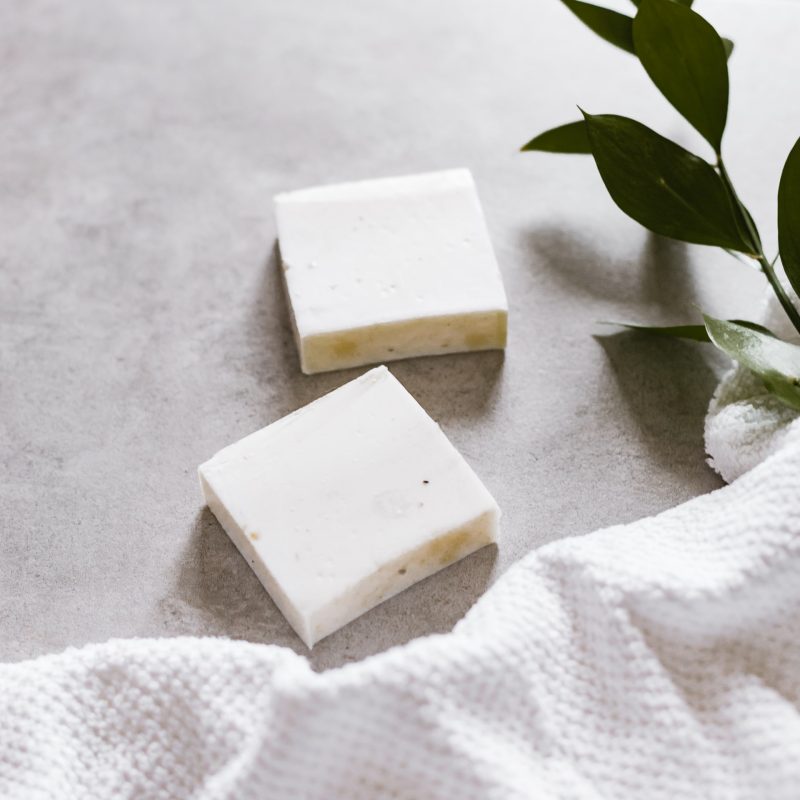
Cooling drum system

Cooling Drum System
The soap slurry, after complete saponification, is transformed into soap granules suitable for secondary processing in the production line through the utilization of cooling solidification and vacuum drying systems.
The cooling solidification system operates based on the principle of a cooling cycle, where the soap slurry undergoes heat exchange and solidification. The process involves rolling and pressing the soap slurry to form a thin film while simultaneously cooling and shaping it into sheets. These sheets are then transported to a granulator, where secondary cooling and extrusion through the discharge pipe result in the formation of soap granules.
The vacuum drying system capitalizes on the physical property of water evaporation in a high-temperature and low-pressure environment to rapidly remove moisture from the soap slurry. The slurry is directed through a heat exchanger into a vacuum tower, where nozzles disperse the slurry onto the tower walls, facilitating the extraction of excess moisture and cooling. Scrapers inside the tower detach soap sheets, which fall into the granulator, undergoing secondary cooling and extrusion through the discharge pipe to produce soap granules.
